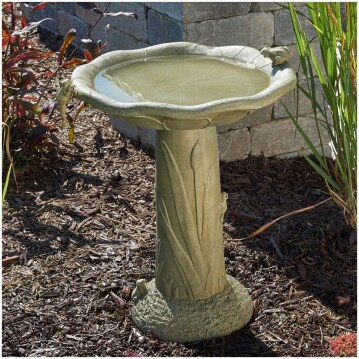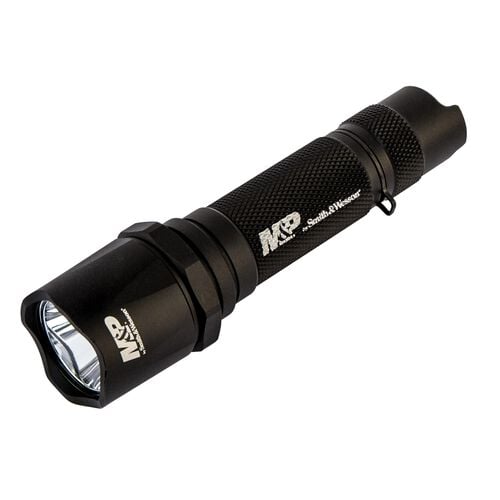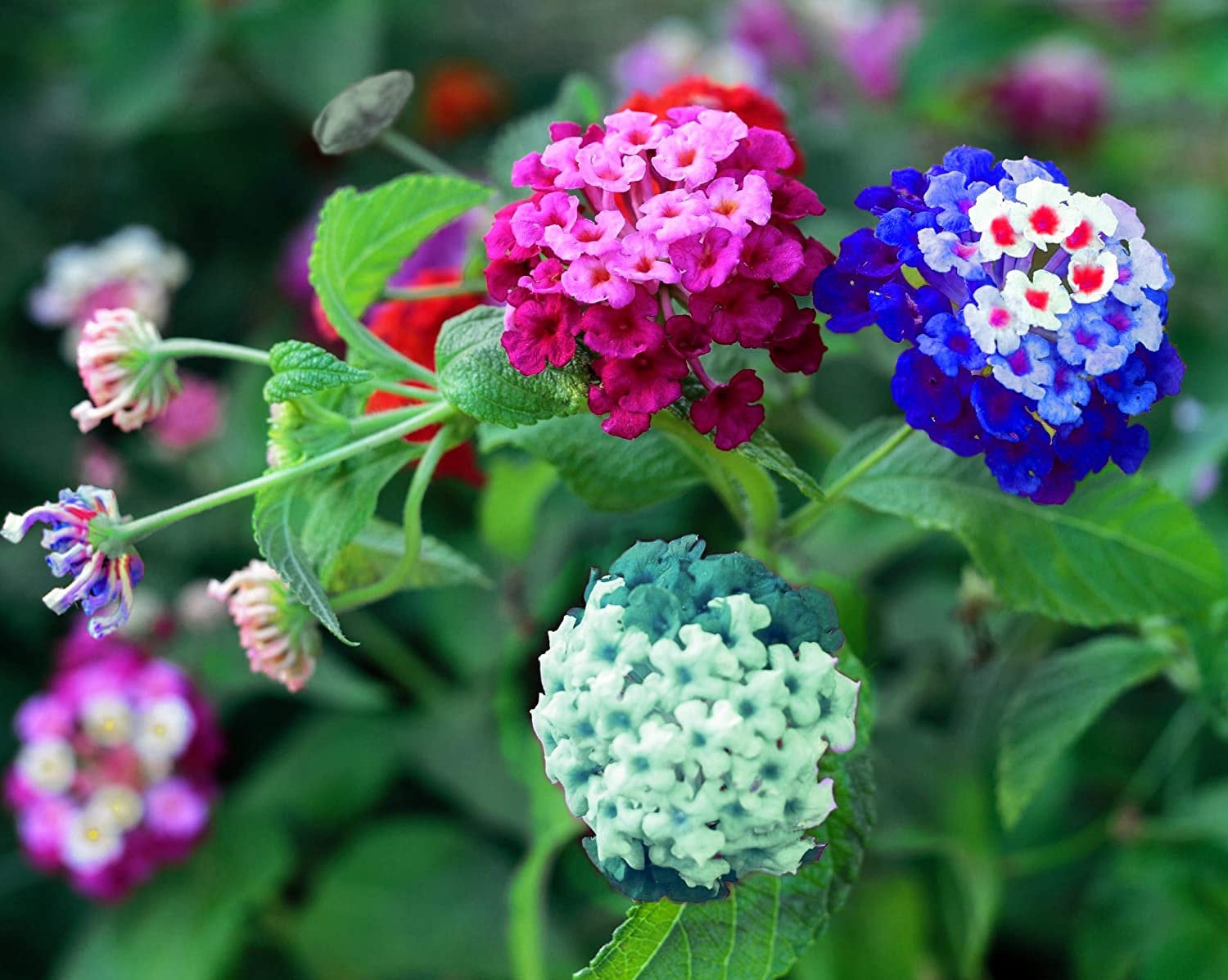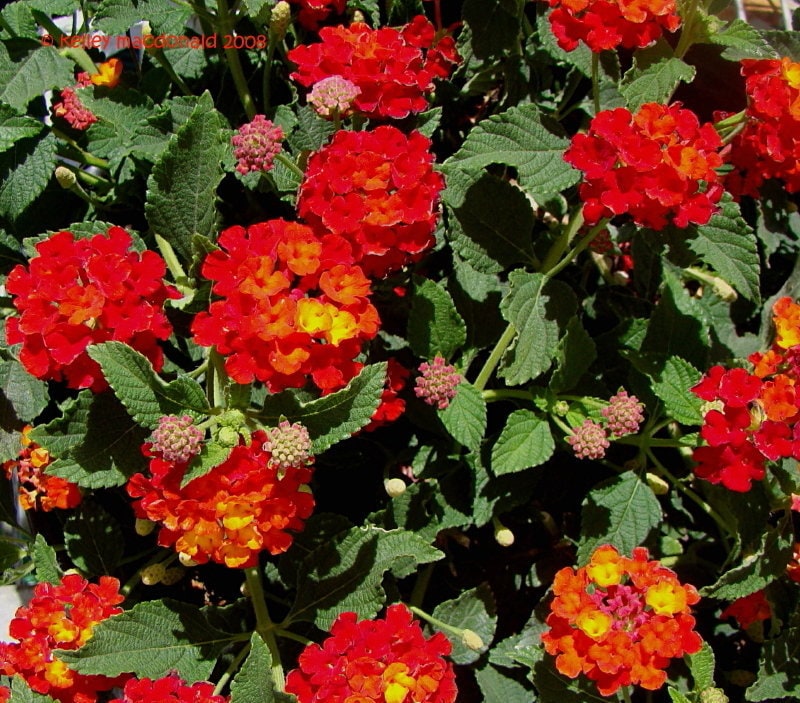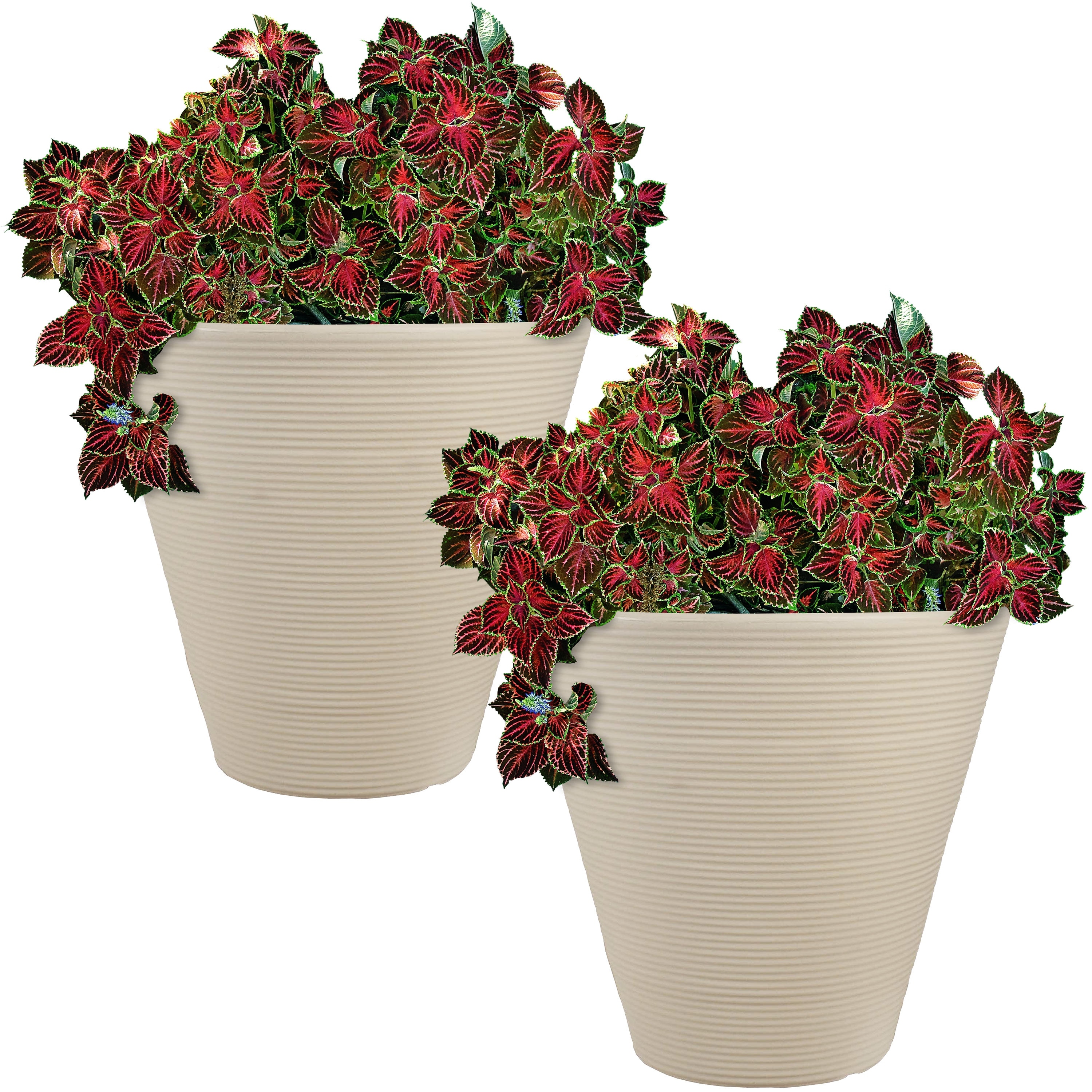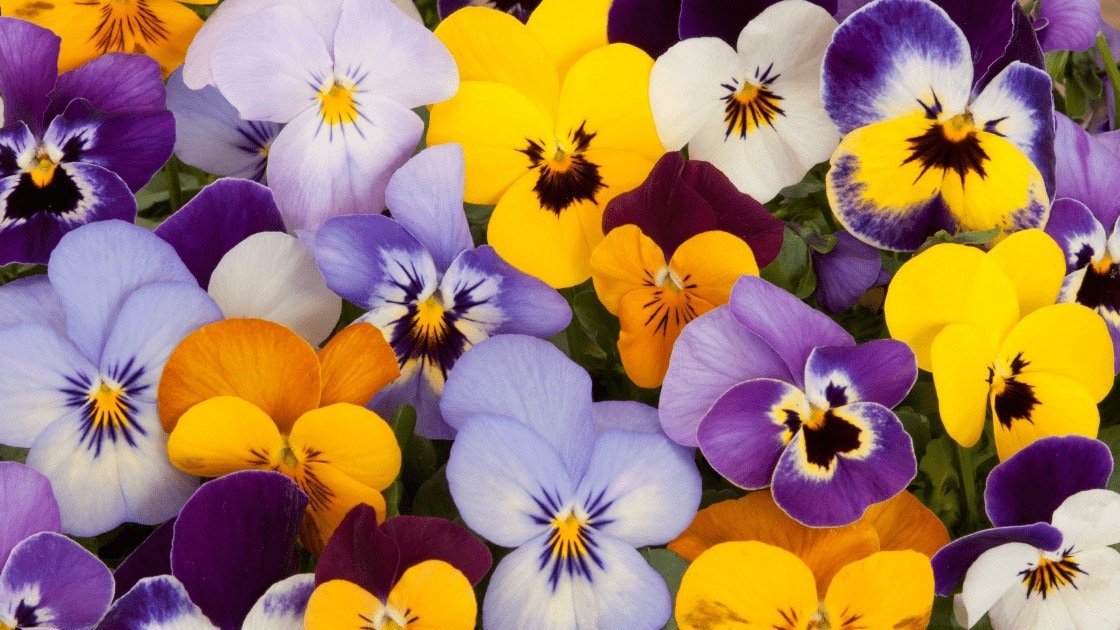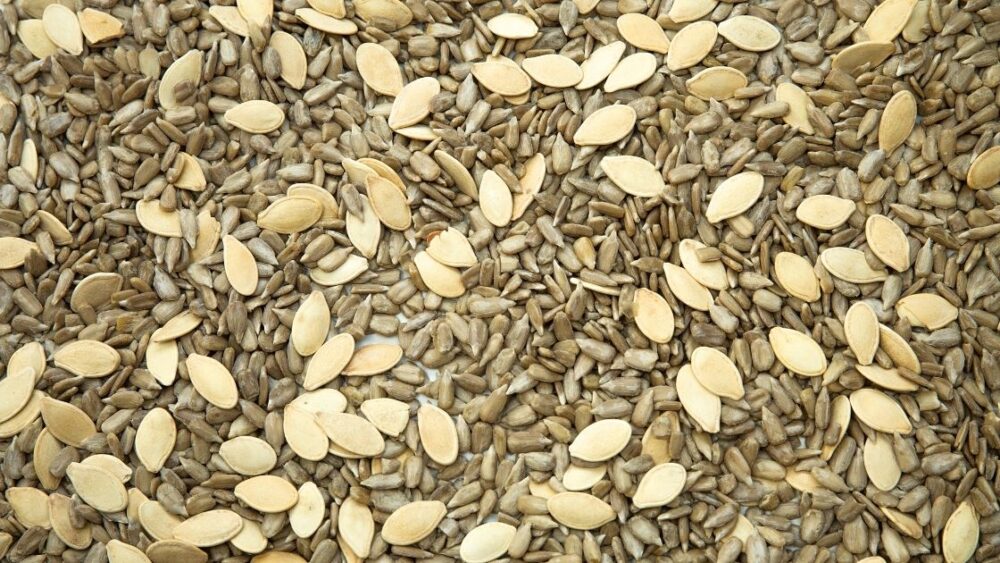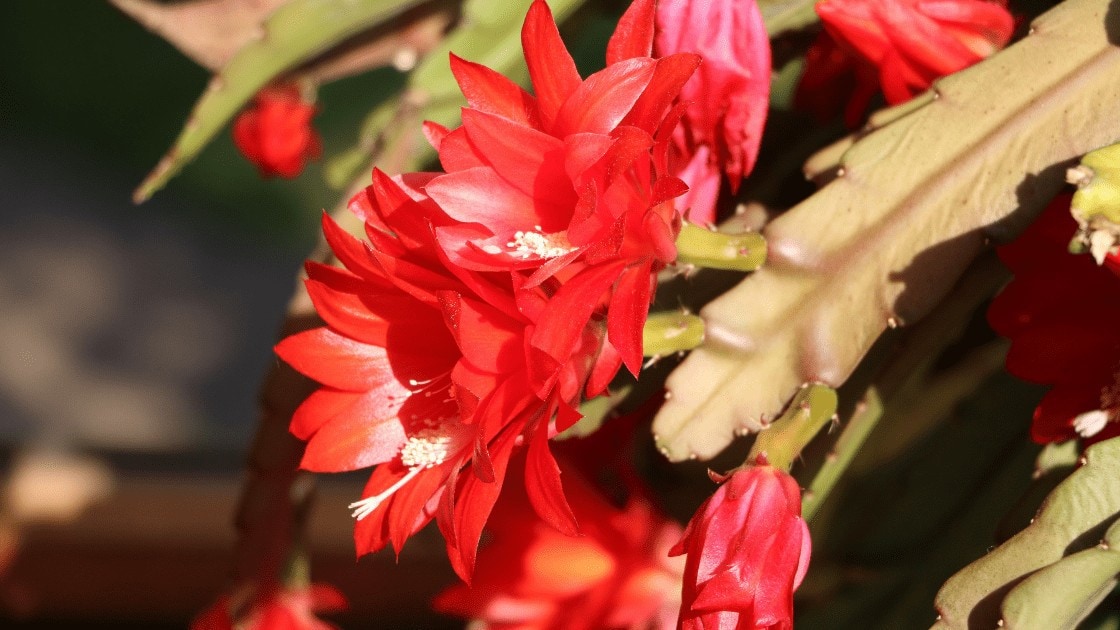
Lantana is an easy to care for flowering shrub that grows very fast – it typically reaches its maximum size of around 2-3 feet in just one growing season. This makes it a favorite among outdoor gardeners, especially those living in USDA zones above 8, where the plant will remain evergreen year-round and have to be cut back to control its growth.
For people in colder zones, the winter frosts can kill the plant, but it can be re-planted again the next spring and will still reach an impressive size just in time for its summer bloom. You can take cuttings during the autumn, which can be kept alive throughout the winter indoors and then re-planted as soon as the danger of frost has passed.
Even if the plant dies back during the winter, its hard stems will often survive and start putting out new growth as soon as spring arrives.
Browse our Affiliate Products
How Fast Does Lantana Grow?
Lantana shrubs tend to grow in a ball-like manner, with their width and height being comparable. However, there are around 150 different species in the lantana genus and most nursery-purchased specimens are hybrids.
Some species can be shaped into a tall stalk on which the shrub ball develops. Others like to spread horizontally and their height is limited to around 1 foot.
The height and shape of the different lantana species is determined by the amount of side branching and the thickness of the stems – lower, more horizontally-growing varieties branch more and have thinner, less woody stems which naturally grow sideways due to the weight of the foliage.
Each branch of the lantana shrub usually grows at a rate of around 2 to 4 inches per month. This is considered quite fast – it’s one of the few shrubs that can reach their maximum size in just one growing season.
However, to achieve this maximum growth rate, optimum conditions need to be provided. We’ll go over those in a minute. The main factors for achieving fast growth are a good soil and fertilizer combo and plenty of sun.
Does Lantana Spread and Make a Good Ground Cover?

Most lantana species/varieties like to spread horizontally and will cover a 4ft x 4ft area in just one growing season. However, there are cultivars which have less of a horizontal spread (like the Athens Rose variety).
Lantana spreads when its branches fall over sideways and a part of the stem makes contact with the ground. If the soil is wet, the stem will put out roots, anchor itself and keep spreading horizontally.
Lantana also produces a large amount of flowers, which in turn form seed heads. Those seeds will fall on their own and germinate the next spring, creating more spread.
Additionally, when planting, its quite work well with dryscape. For more information, check out this article. Xeriscape Vs. Dryscape: What’s The Difference And How To Choose
Lantana varieties that spread more
At least one-third of the many lantana hybrid varieties are designed with maximum spread in mind. ‘Trailing yellow’ is a particularly well-spreading variety, as is suggested by its name. ‘Weeping lavender’ and the common lantana (Lantana camara) also spread very quickly and create a nice ground cover.
How to make lantana spread more?
Encouraging your lantana to spread horizontally is very easy – it only requires bending the stems sideways as they develop. You can anchor them to the ground with various DIY means using sticks or rope. Burying a small part of each stem in the ground makes it put out roots (this is called air-layering), which encourages side spreading.
Another way to cover a large garden area with lantana is to take many cuttings, root them and then plant them a few feet apart. Each cutting will grow into a large shrub and soon all of the shrubs will merge together.
If the cuttings have been taken from the same plant, they will have the same genetics, making every shrub identical – with a carefully chosen planting distance, you can create a very large area that looks like one big plant.
Optimum Growing Conditions for Lantana
Lantana is easy to grow – achieving a maximum growth rate is fully dependent on the soil nutrition and the amount of sun the canopy receives. Shrubs that are planted in the shade will usually grow 4-5 times slower than those given direct sunlight for most of the day.
How much sunlight does lantana need?
Lantana is a tropical plant that likes the direct sun and tolerates it well. Maximum growth occurs with at least 6 hours of direct sunlight. Indirect sunlight or partial shade are not detrimental and will just slow down the growth 2 to 3 times – the shrub will still flower, it will just be smaller.
What temperature is ideal?
Lantana can tolerate light frost for short periods, but this is species dependent. If you live below USDA zone 9, expect die-back during the winter. Below USDA zone 8, even the stems of the plant may die and not put out new growth during the spring. This can be solved by taking cuttings at late autumn, which can be re-planted outdoors at the end of the winter.
The plant can deal with hot, humid conditions without much problems and can grow well in the highest USDA zones. Just watch out for any wilting due to drought stress and water accordingly.
What type of soil is required?
Lantana can thrive in almost any soil, but prefers a well-draining, slightly acidic one. Regular fertilization is recommended, unless you are using good fresh soil. If you are
using potting containers, a more aggressive fertilizer regime is recommended, as this rapidly-growing shrub can quickly deplete the soil of nitrogen.
Proper spacing when planting
2 to 4 feet is a good planting distance for lantana, depending on the particular species and how much it spreads. This allows for some space between individual shrubs, so that you have easier access and can water them more easily.
However, you can plant cuttings very closely, so that the shrubs ‘merge’ into one seamlessly. The planting spacing for lantana comes down mostly to individual preference.
How much water does lantana need?
Lantana is not very sensitive to overwatering, but constant flooded soil can still lead to rotting problems. It’s quite drought-tolerant, because of its shrub-like structure with deep roots. The ideal watering frequency is highly dependent on your particular soil and environmental conditions – thorough, weekly watering usually works well.
Does it grow well in pots?
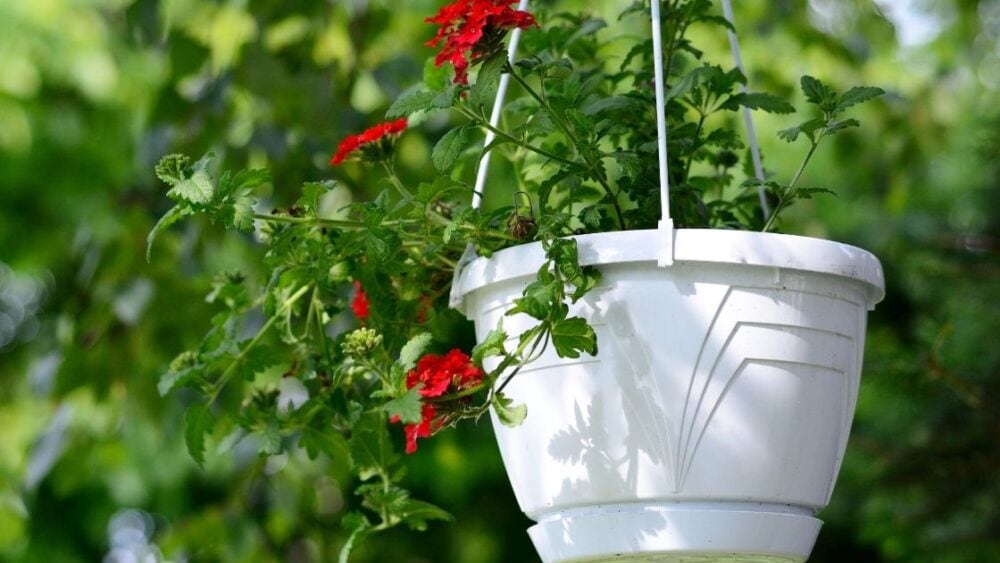
Although lantana can reach a large size, it can be successfully grown in even tiny pots and kept small. It can also reach its maximum size in large 10-gallon pots, but this requires more care – potted plants are more prone to drought damage and will deplete the soil nutrients fast, requiring more frequent fertilization.
The advantage of pots is that you can bring them indoors during the winter, but because of the large size of pots required, this may be impractical either way.
For more information about pots, check out this article. What is the perfect pot for my plants?
What Should I Do if My Lantana Is Not Growing Properly?
As we saw in the previous section, lantana doesn’t have unique care requirements and has similar growth conditions to other flowering garden plants. It’s a resilient shrub that is resistant to most problems.
If it’s doing poorly, this is usually caused by a basic requirement not being met. Here is a short list of the possible causes of poor growth:
Diseases
If a mature lantana plant is suddenly doing poorly, consider pest and diseases as a potential cause. Shade-growing lantanas are particularly susceptible to powdery mildew and other fungal pathogens, which are inhibited by the UV rays of the direct sun.
Other mold problems, including sooty mold are also a possibility. Root rot can also be considered a fungal disease, but is usually caused by compacted soil or improper watering and resolves when those two factors are fixed.
Poor, overly-compacted soil
Lantana is tolerant to poor soils, but not always – compacted, clay-rich soils that are frequently overwatered can lead to root problems and stunt the growth of the shrub. The lower leaves will start yellowing and root rot will eventually set in.
Depending on how bad the soil is, the problem can be fixed by adding aerating soil amendments or simply by watering less frequently to compensate for the lack of air in the root system.
Improper watering
Overwatering is most often a problem for potted lantana shrubs. It leads to severe yellowing of the leaves, due to root suffocation and ammonium accumulation.
Overwatering means watering too frequently, without allowing for a short drought period. This drought period allows air to be sucked back into the soil and supply the roots with oxygen. Infrequent, thorough watering works best.
Too much shade
Lantana plants grown in thick shade will not exhibit sickness symptoms – there won’t be yellowing or deformation of the leaves. The plant will simply grow more slowly and develop less branches which are more elongated. For healthy-looking, but slow-growing plants consider light deficiency as a cause.
Over or under-fertilization
Overfertilization leads to the classic nutrient-burn symptoms – the leaf edges become burned and some yellowing develops. The problem is fixed quickly by watering generously with pure water – this flushes and dilutes the fertilizer salts, allowing the plant to recover in less than a week.
Under-fertilization can manifest as many different deficiency symptoms, which are unique for each one of the 13 macro and micro elements. Using a cheap NPK fertilizer without any micro nutrients can often lead to micro-nutrient deficiencies, most notably iron and magnesium, both of which manifest as interveinal chlorosis (yellowing) in the leaves. To read more about fertilizers, check out this article. The Best Soil for All Types of Gardens.
Conclusion
Lantana is a great choice for outdoor gardens – it’s a rapidly-growing shrub that can be easily propagated by cuttings or seeds. When given optimum growing conditions, lantana can easily reach 4 feet in spread in just one season. The limiting factor for growth is almost always sunlight – in the shade, lantana may grow up to 4 times slower.


